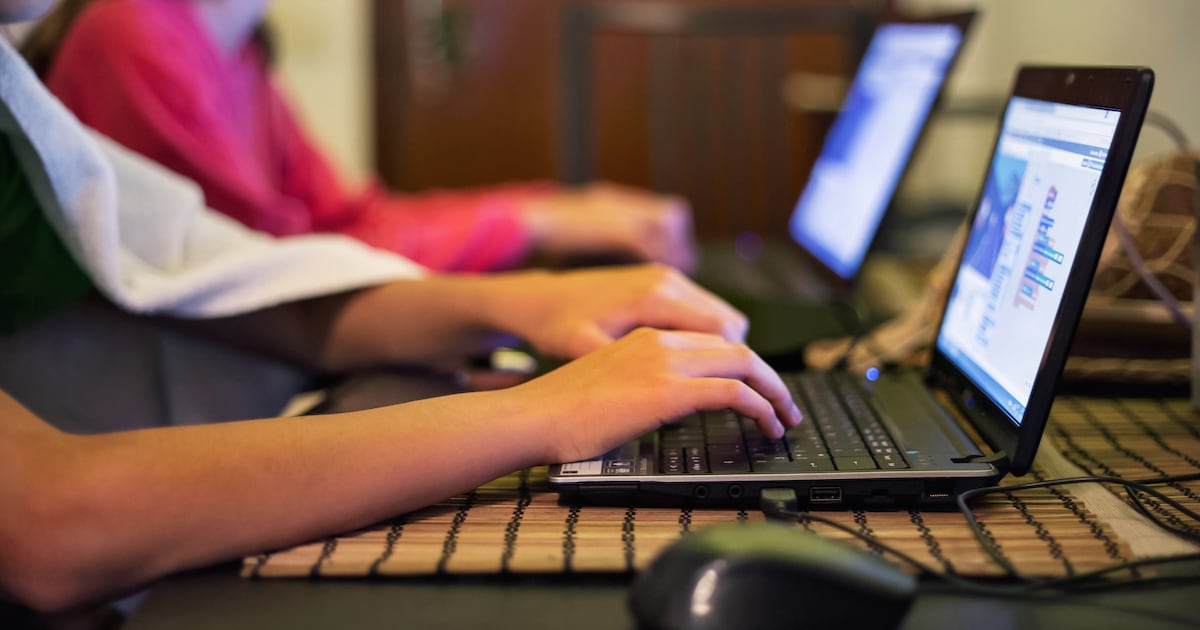During this summer, a team of students from MIT embarked on a journey to the sou …
NYC Virtual Learning Drill Leaves Some Students in Empty Classrooms
Jennifer Livingstone

Subscribe to
Tanvir Kaur, a senior at a high school in Queens, was getting ready for prom on a day off from New York City public schools. Despite the busy day, she made time for a virtual session with her AP economics teacher before 9 a.m.
The Education Department organized a drill to test the capacity of the virtual learning platform, following a crash during a previous remote instruction session due to a snowstorm in February.
During Thursday’s virtual session, Tanvir was the sole student out of approximately 30 classmates to join the call successfully.
Tanvir shared her experience, stating, “I just talked about my day, we talked about [the teacher’s] day. She showed me her cat. I feel like it was kind of dumb because I was the only student there. So how are they going to test how many people can be on the Zoom?”
The Education Department relies increasingly on remote instruction during extreme weather and emergencies, as canceling classes is challenging due to state regulations on instructional days and a growing number of school holidays.
Following the previous platform crash, the city organized a drill to test the system’s capacity. The drill involved staggered logins based on grade levels, aiming to avoid system overload and provide non-instructional activities for students and educators.
Although the 25-minute drill was optional, participation was encouraged to enhance emergency readiness information.
The attendance rate for the drill was reportedly low, with few students and staff logging in according to some educators.
Abby Loomis, a fourth-grade teacher in Brooklyn, noted that only six out of 18 students in her class attended the drill. She engaged them with online quizzes on various subjects.
One Manhattan principal revealed that less than 25% of the school’s students participated in the drill, impacting valuable planning time for the staff.
Multiple educators highlighted the challenges of conducting a full-scale test of the remote learning system and suggested alternative approaches.
Several families opted out of the drill due to conflicting work responsibilities and complexities in scheduling.
Brooklyn mom Leslie Hayes expressed concerns, stating, “Given that the DOE is asking parents to find weekday childcare four times this month, it’s a tall order to then ask us to make one of those days a remote practice day too.”
Some students and parents faced communication issues, preventing them from participating in the drill due to late instructions.
High school junior Bernie Carmona shared his confusion during the drill, mentioning the lack of clear directions and tasks.
Bernie suspects many of his classmates did not participate due to the early timing of the drill.
Department officials refrained from commenting on the drill’s success but emphasized their ongoing load testing efforts with IBM.
Educational experts questioned the effectiveness of conducting the drill on a day off with minimal participation.
Professor Gerald Ardito raised concerns about the department’s strategy for remote learning and its implications on teaching and learning.

